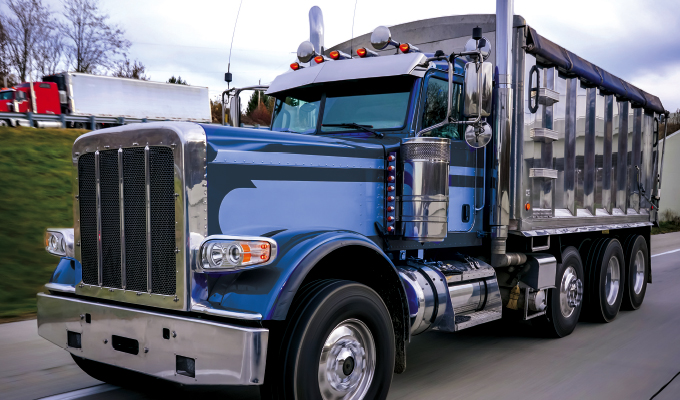The last two years have aimed a spotlight on the trucking industry and made the general population more aware of just how important and essential truck drivers are—more than ever before. With that heightened awareness comes a list of new concerns and issues such as labor shortages, parts shortages, and health issues.
These issues should be taken seriously, with industry stakeholders working tirelessly to address them and come up with new ways to adapt to the circumstances of today. New technologies and new ways of thinking are key to finding efficiencies and optimizing operations.
The transportation industry has always been dynamic, but the past two years have created a “perfect storm” of challenges—which in turn creates great opportunity for growth and improvement. Here is a look at a few trends that will likely impact operations in 2022 and beyond.
LABOR SHORTAGES
Labor shortages caused by the pandemic have been widespread, from retail employees to port associates, rail workers, and maintenance technicians, but most impactful to our industry is the shortage of truck drivers and CDL-holders. Companies of all sizes in nearly every industry have been forced to find new ways to keep up with demand, even when they may not have enough employees, which in turn puts a bigger squeeze on the employees they do have left. Months upon months of overtime and additional pressure will take a toll on drivers.
DRIVER USE
In certain areas and markets there is indeed a shortage of drivers available, but in many markets we’re seeing the highest number of new drivers in years. In the places where carriers are quite strong and rates are high, new drivers are joining and further fragmenting the market by joining as owner-operators or micro-fleets. The problem then becomes, how do we coordinate these new drivers with shippers that are in need in an efficient way?
A big opportunity in the area of driver use is onboarding drivers and shippers to a common platform, appropriately sharing information while respecting data privacy in order to get more out of the available driver hours. Drivers are, on average, only using about seven of their 11-hour clock in the truckload space. But if we could get more drivers to use even nine or 10 of those hours, that could result in a huge bump in overall use.
MAINTENANCE CRUNCH
It is of utmost importance to keep your vehicle running—when you have a large fleet you often have the potential to swap out a truck, but as an owner-operator or small fleet, if your truck is down, you could be out of a job for weeks. Unfortunately, it can be hard to predict when you might need maintenance, and even worse, when the part or fluid you need might be available. We’ve seen shortages around DEF fluid, brake chambers, and many different sensors, among other things. Required resources and critical parts are hard to source right now, and we’re probably looking at another year and a half of supply tightness.
CONSTRUCTION DEMAND
Construction transportation demand is expected to persist for many years. Residential construction and the number of new homes built over the past two decades have lagged behind historic levels, and it’s safe to assume there’s anticipated demand for tens of millions of new housing units over the coming years. We’ll continue to experience great demand for capacity in this area moving forward.
Along with the construction demand comes a labor war between drivers and construction workers, as well as a wage war, competing with the new infrastructure money that is now being allocated. Ultimately, this will be reflected back to the customer, but for now, trucking companies and drivers are seeing that inflationary pressure—rates are rising and eroding the margins. It’s critical for owner-operators to watch out for basic cost controls and stay laser focused on keeping their costs down.
BE COST CONSCIOUS
There will always be a tension between the general population and the driver community about a supposed driver shortage versus a driver payment issue, but to end on a positive, driver pay has significantly risen in the last two years and risen far above the inflationary index. This is great news, but also the time to be vigilant on cost and maintaining your margin in order to be successful and profitable. And drivers need to constantly demand those rates to maintain their margin, as that’s how they will stay ahead in this wild market. The great news is, there will be a very strong demand for transportation in 2022, which is always a positive.
OPPORTUNITY AHEAD
While we’re facing a multitude of challenges right now, there’s also a huge amount of opportunity in the transportation industry.
In the long term, a lot of the infrastructure funds will directly address specific areas in the transportation network that have been known bottlenecks. Funding over the next two to five years should relieve congestion on the road networks because of the infrastructure funding.
In the short term, we’re looking at freight everywhere. And in a market where you have all the opportunity, it’s a really good time to think about where your core business is. You can be more selective and find a better sweet spot and patterns to create some repetition to have more predictability in the freight you’re running. That gives you opportunity for profitable runs and minimization of the cost variability in that normal network.
ABOUT THE AUTHOR
Pete Covach is the industry solutions advisor for Trimble Transportation. Find out more, visit www.transportation.trimble.com.




